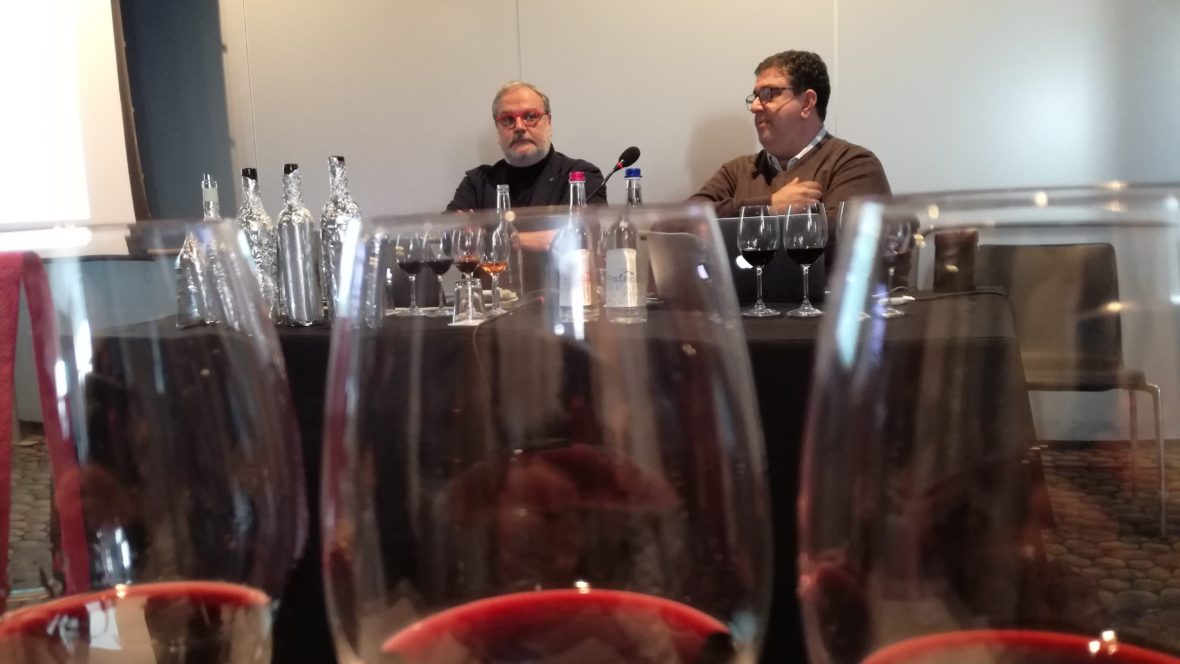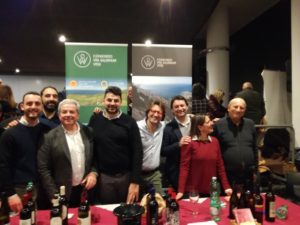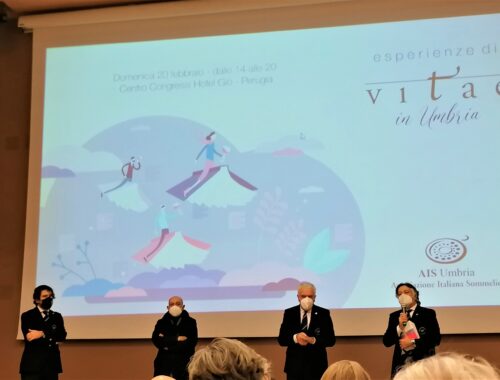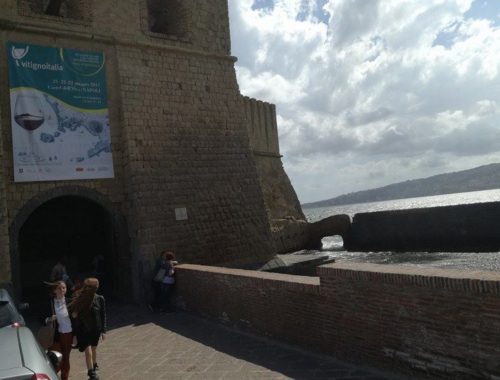If we accept that the wine world is often shaped by trends, then one of the best ones is the recent focus on territorial expressiveness following the well-known homogenization of the 90s when all reds were super concentrated and smooth. This development is not only marked by the stylistic features of the most recent wine productions but also by the shape of the related events which are more and more focusing on the most authentic territorial representations. An example of all is “Aglianico a Roma” hold for its second edition in Rome on 3rd February and where, without renouncing to the classic walk-around-tasting with the producers, it has registered the “sold out” for the thematic seminars. “The places of Aglianico from the Taburno to Cilento” and the vertical tasting of Taurasi Riserva by Mastroberardino winery (from 2012 to 1997) were not aimed to the technical tasting or to a specific and personal interpretation, but focused on the different expressions (through time and space) of such an iconic variety that launches, even from Rome, its own revenge after abstention to the game of “parkerization”, from which its hard character shaped by high tannins and high acidity at once have excluded it.
The seminars.
With a practical-theoretical presentation well calibrated by the experiences of Luciano Pignataro and Nicola Matarazzo (director of the Consorzio del Sannio), the first seminar about the production areas of the iconic red of Southern Italy has outlined the main features of two less known territories: the Sannio in the province of Benevento, with its DOCG Aglianico del Taburno (which, unusually, also includes the rosé version) and Salerno area, in particular with the appellations IGP Colli di Salerno, Paestum IGP and Cilento DOP.
The two territories have different soils: Cilento area/DOP (province of Salerno) with its “flysch” (particular sedimentary rock present in the northernmost area) stands out from most of the northern Campania territories (and so from Sannio as well) more characterized by volcanic influence; moreover, the climate tends to be colder (semi-continental) in Sannio, warmer in southern Campania: in this case the province of Salerno is so vast that any generalization loses sense but the most vitiated area is in north-west, mitigated by the Tyrrhenian Sea. Yet, in terms of practices and tradition, in Cilento area the barrique has never pervaded local productions. Thus, facing the 2 flights of 4 wines for each territory Aglianico’s character has come out clearly: tannins, acidity, polyphenolic concentration and notes that often turn on cherry-black cherry and black pepper, while the differences are a choral expressivity in the case of Sannio also thanks to an admirable work of cohesion and reorganization of the Consorzio; whilst, there a greater diversification of the Salernitan region due to the territorial differences of this vast production area where, for example, we move from 50 m s.l.m up tp 700 m s.l.m.
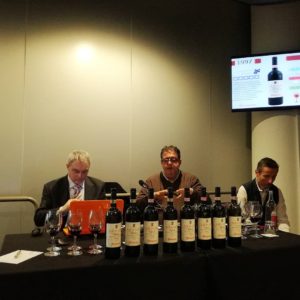
vertical tasting of taurasi riserva by mastroberardino winery with the winemaker Massimo di Renzo (left) and the critic Luciano Pignataro (in the middle) and Andrea Petrini from the organization
The historical vertical tasting of “Radici” Taurasi Riserva DOCG by Mastroberardino has been the occasion to appreciate, once again, such an important reality with its traditional and balanced style with skillful use of large casks and barrique (basically used), as well as attention not to exceed the alcohol concentration. More generally, the tension of Aglianico in Irpinia has been evident, given the colder climate that offers a wider potential for ageing and a delayed readiness for drinking. Not by chance, from the first flight with 4 recent vintages (2012, 2011, 2009, 2007) despite the promising quality of 2012, I have to get to 2009 to find a better balance. Finally, the 2 flights (with the second one that has included the following vintages: 2006, 1999, 1998, 1997) have proved to be the expression of two historical phases diversified by the global warming, indeed 1999 and 1997 are outlined by a perfect nose-palate harmony just now, 20 years later.



